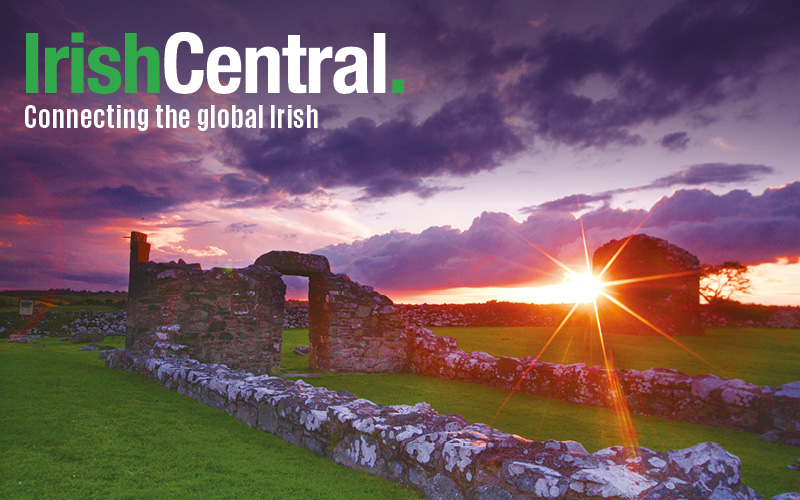Medieval Irish merchants traded slaves for spices and wine in Turkey, Greece, Tunisia and Iceland.
Between 400AD and 1100AD a wealthy upper class developed in Irish society due to the introduction of new agricultural practices and a lucrative slave trade.
“Early Medieval Ireland AD400-1100, The Evidence from Archeological Excavations,” published in 2014 by the Royal Irish Academy, says the trade of slaves and goods such as butter, wool, leather hides and food extended as far as Africa to the south and to Scandinavia and Iceland in the north.
The publication uses archaeological evidence from excavations conducted between 1930 and 2012 to investigate how Irish people lived more than 1,500 years ago.
One of the authors of the book, UCD's Dr Aidan O'Sullivan, told the Irish Independent that not much is known about life in Ireland before 400AD, but just two centuries later there was a "completely transformed picture.”
"It looks like we have significant population growth, revolutions in agricultural practices, and a sense that communities are building settlements everywhere," he said.
"Larger families and communities could be sustained due to agriculture growth. We see Ireland by the sixth and seventh century as an exporter of agricultural product as well as an importer of wine, exotic pottery and foods.
"Ireland, although never taken taken over by Roman armies, was at the edge of the empire. The Mediterranean trade is ultimately in foods and commodities, olive oil and spices, coming from Greece, Turkey and north Africa.
"We're starting to realize from the scale of the archaeological discoveries as to the sophistication of Irish agriculture."
In 'Letter to Waldebert and Bobolenus’, a text dated to 640, reference is made to goods being available throughout Italy but not in the monastery of Bobbio.
"They have tears of balsam from Engaddi, and aromatic flowers from Arabia; but we have a scarcity of Irish butter," it reads.
Says Dr O'Sullivan: “What's remarkable is how matter-of-fact it is. They're not finding it remarkable that they have Irish butter, but that they don't have enough of it."
According to the book, Dublin was one of the most important trading ports in Atlantic Europe by the tenth or eleventh centuries.
"The fact that it had its own ships was key to trade and commerce with the Baltic, Mediterranean and Russia.
"The presence of walrus ivory, available only in the Arctic Circle, soapstone vessels and amber indicates that trade was maintained with Scandinavia.
"Almost certainly, the major exports from Dublin at the time were wool, hides and slaves."
Ancient texts reference Moors being captured and taken to Ireland where they “remained for a long time.”
There are about 120,000 known archaeological sites and monuments in Ireland, of which about 60,000 or 70,000 are early medieval.
Dr O’Sullivan said there has been enough archaeological evidence found in recent years which would take a generation to process.
* Originally published in 2014.




Comments